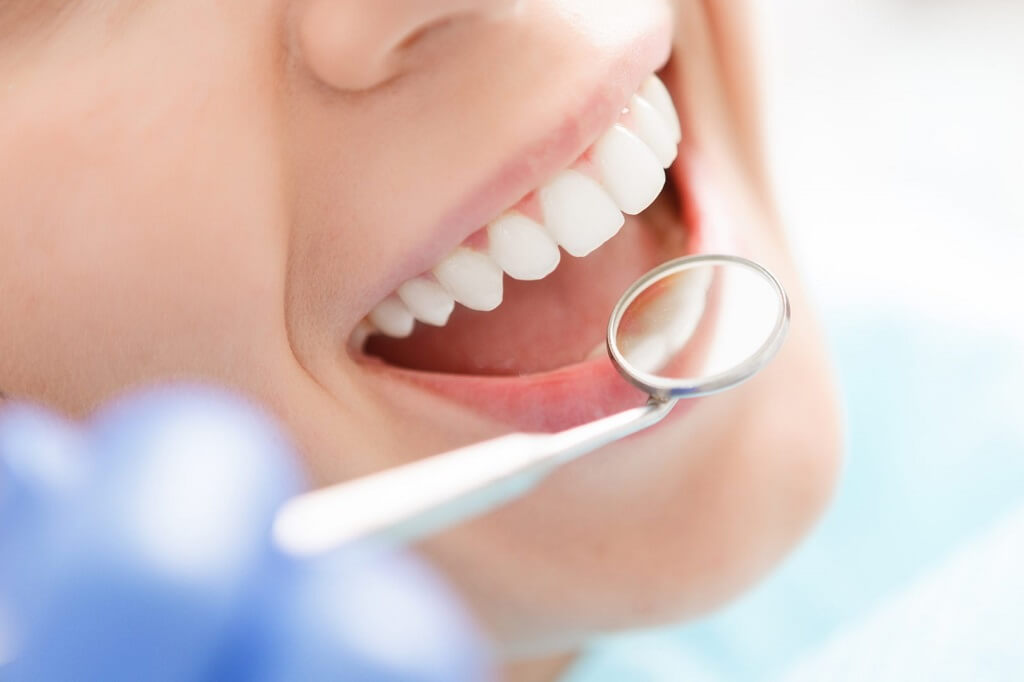Cosmetic dentistry – choose the best option for your smile

Unsure about which option is best when you're ready to fix your damaged, misaligned or discolored teeth? Consider these popular and effective solutions before you head along to your dentist to discuss which treatment is best for restoring your attractive and youthful smile.
Clear aligners
Clear aligners are a popular, non-invasive choice for fixing uneven or crooked teeth. They can be used to resolve issues of crowding, or over-spacing, but aren't so effective for severe issues with over- or under-bite.
Using a 3-D image of your mouth and jaw, modern aligners will move your teeth back into the correct position over time. The aligners will be changed every 1-2 weeks as your teeth shift back into place.
Although many people choose them as a safe and effective way to re-align their teeth, there are a few drawbacks.
First, for the best results, you'll need to wear them for 20-22 hours per day. You'll have to be disciplined and stick to your schedule
They should only be removed for cleaning and when you eat or drink. Leaving them in, if you're consuming snacks, can lead to a build-up of bacteria, creating additional problems. Liquids can seep inside and cause the aligners as well as your teeth to become discolored
Some people also experience tooth pain when they take out their aligner, so some foods (especially hard ones) have to be avoided.
Veneers
The great thing about veneers is that they'll look exactly like your own teeth. Attached to the front surface of your teeth they'll restore an even appearance. Because they are so light and thin, there's no danger that they'll look bulky or even be noticeable. Naturally, they'll be exactly color-matched with your other teeth, which also helps them blend in. They're also durable, providing you don't put them through unnecessary stress or pressure.
Comparing dental crowns vs veneers cost, veneers are significantly more affordable. If a tooth only has minor damage, a veneer can be a more conservative and cost-effective alternative to a crown.
Only a little enamel needs to be removed to fit a veneer, whereas a crown would require more space so could require the removal of more enamel.
They're also quite versatile and have several different uses. For example, some porcelain veneers can even support the structure of damaged teeth and will typically last for decades.
However, it has to be noted that veneers also have their drawbacks. First, they are irreversible, as the layer of enamel that's removed before fitting, won't grow back. In some cases, teeth may become more sensitive to heat and cold.
As with most things in life, expect the best quality and most durable veneers to cost more than more affordable options, which have a shorter lifespan before they need to be replaced. Regardless of the quality of the material, veneers aren't an adequate restoration option for badly damaged teeth.
Crowns and bridges
Crowns are often chosen to support teeth that have been damaged by decay or trauma or weakened by a root canal procedure. They can also be used to cover teeth that have become discolored or otherwise cosmetically degraded. They're a popular solution as they typically last 10-15 years, and have a high success rate. When three or more teeth need to be replaced or supported, a bridge is created, which will have a similar life-span.
Like veneers, crowns are an irreversible procedure and some people can experience downsides, such as increased sensitivity to heat or cold. Difficulties with biting or chewing can be experienced if the crown is too high, but this can easily be remedied by your dentist.
On occasion, the crown may become loose due to the dental cement wearing away. This should be remedied immediately, to prevent bacteria seeping inside and potentially causing decay.
They are typically more expensive than other restorations (apart from implants). The cost will vary according to the material used, and other factors, but on average ranges from $800 to $1500 per crown.
Dental Implants
A dental implant is the most expensive choice for replacing a lost or damaged tooth, but as it's also the most permanent, it can be cost-effective in the long run. A tiny metal screw is inserted surgically into the bone itself and covered with a crown. There can be a painful recovery period, but if you don't enjoy visiting the dentist, they are a great one-time solution, which will restore your ability to enjoy any food and be confident in your smile, for good.
839GYLCCC1992



Leave a Reply